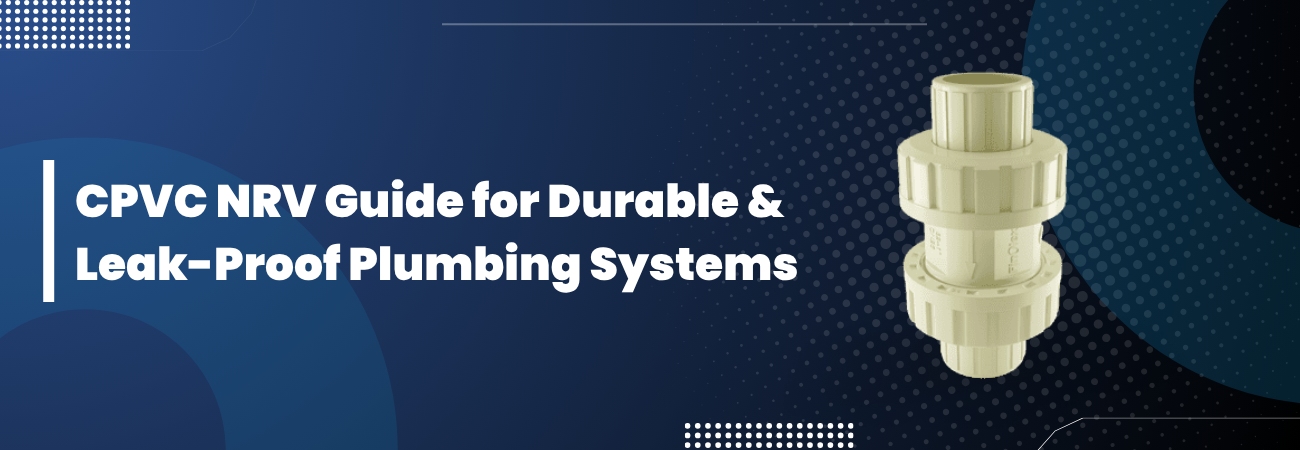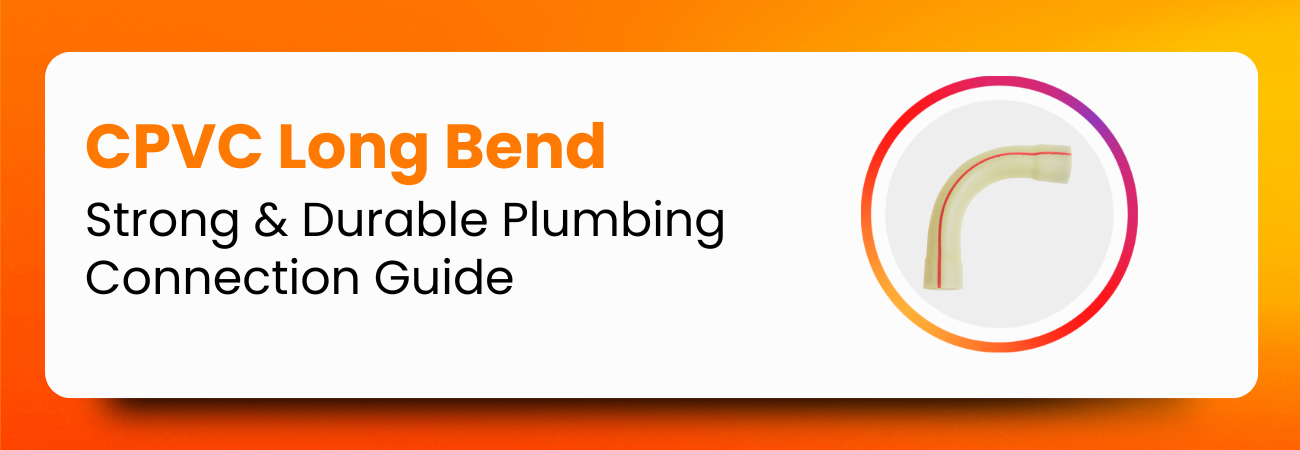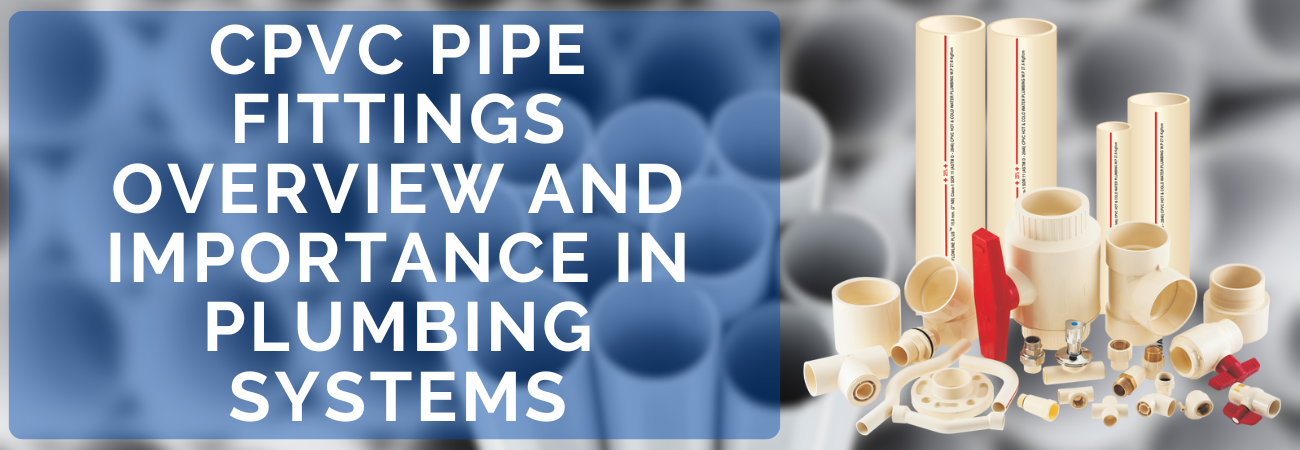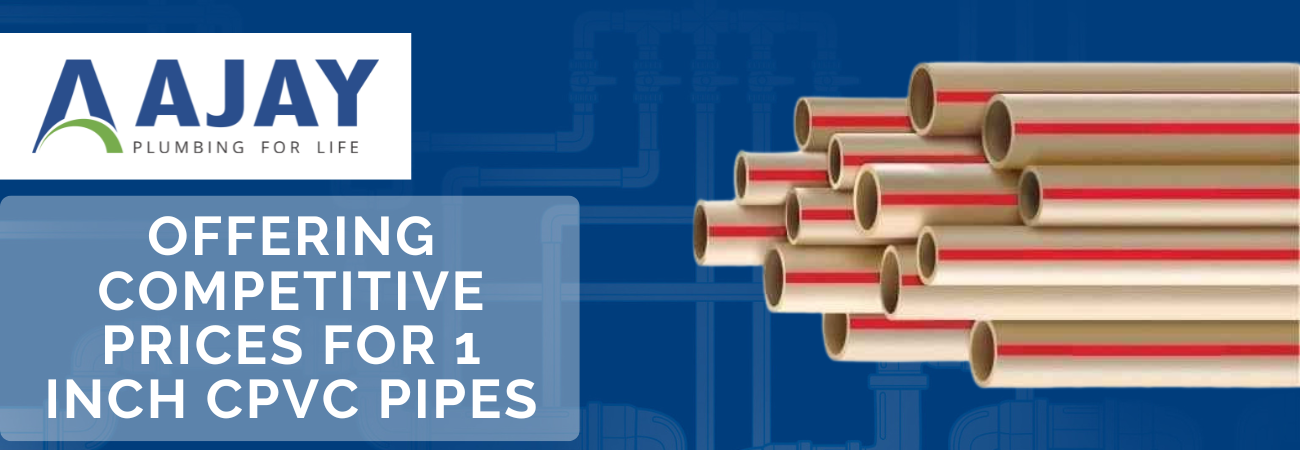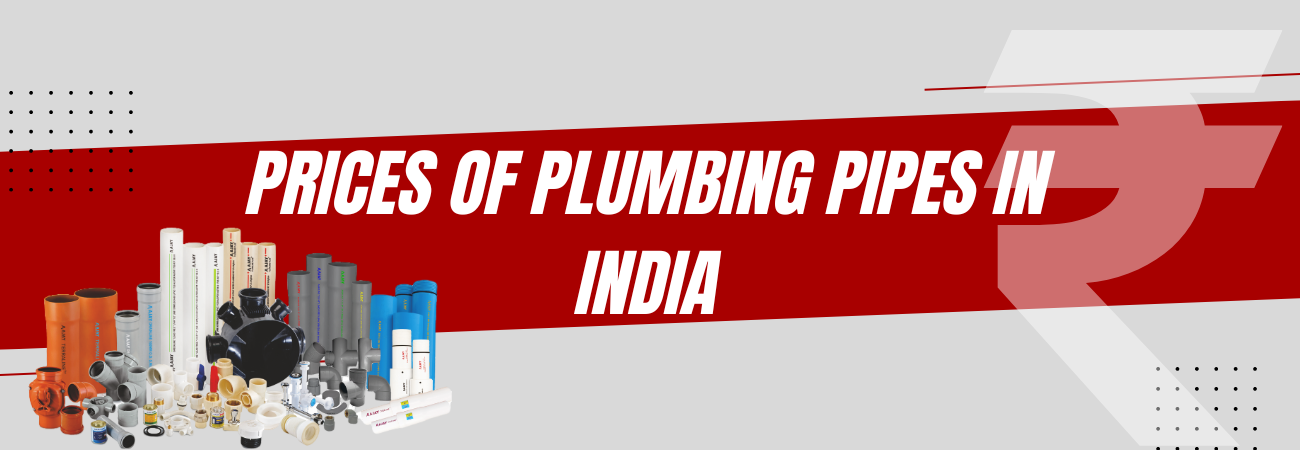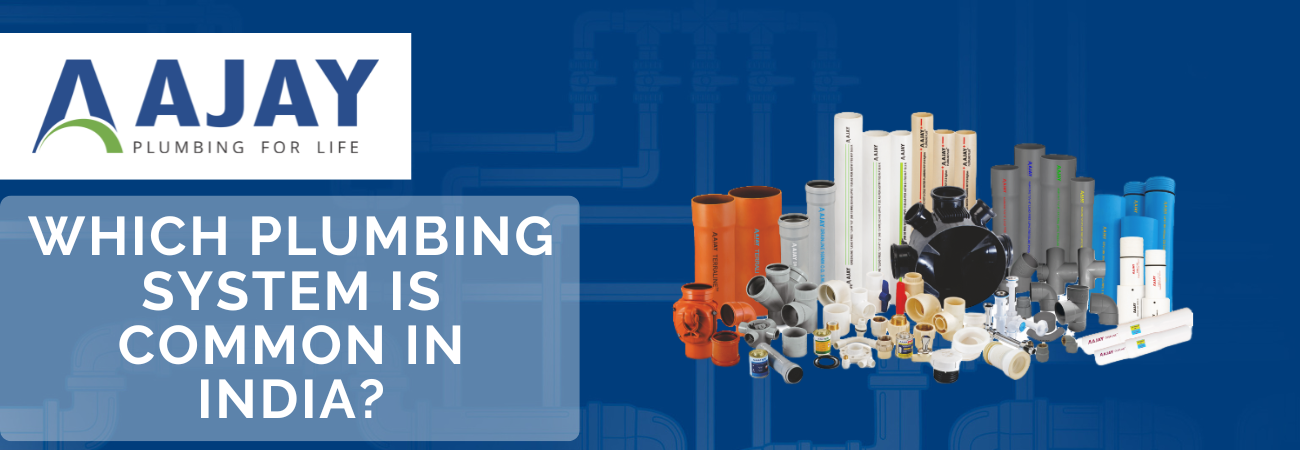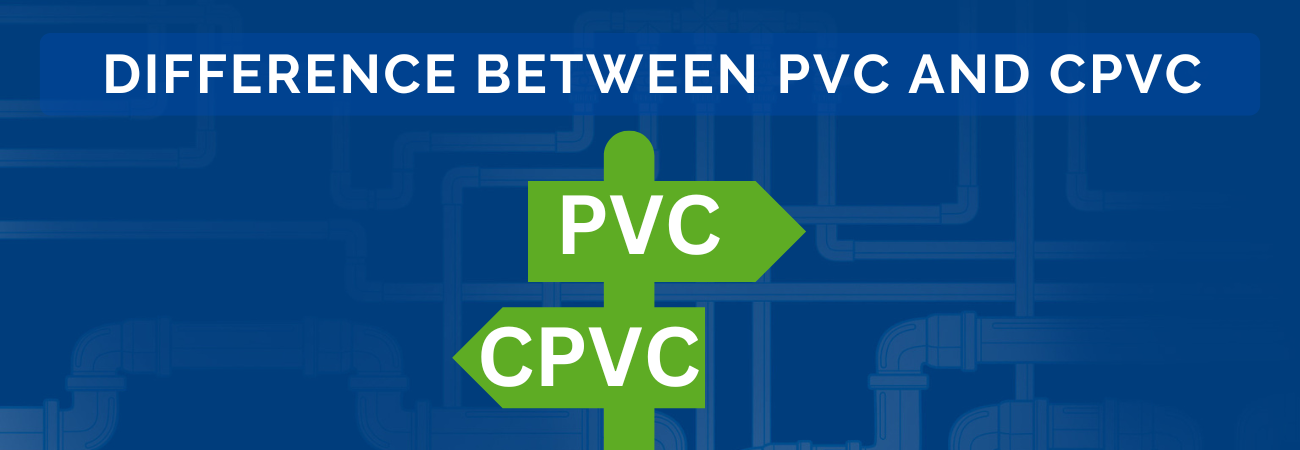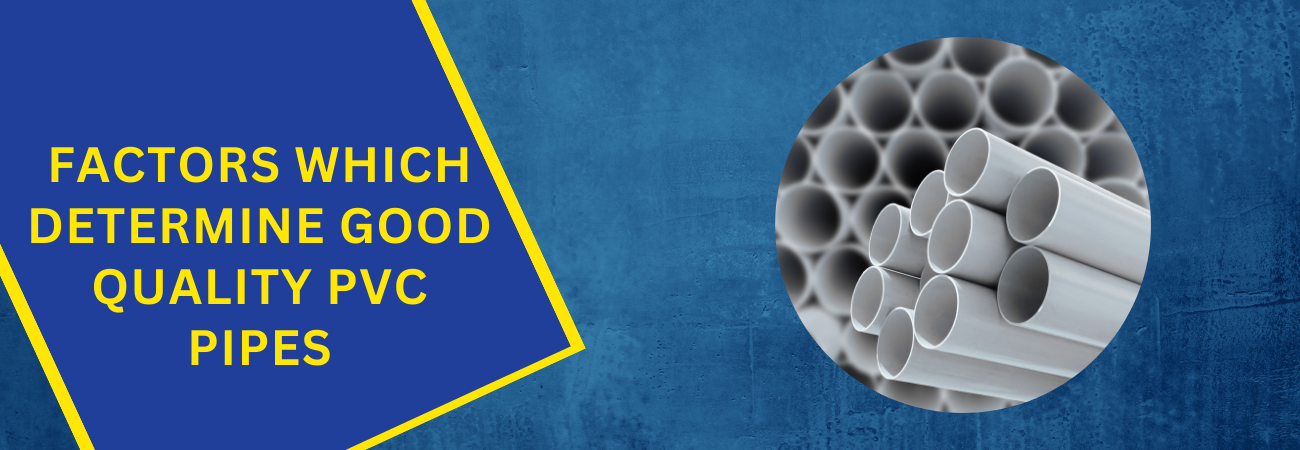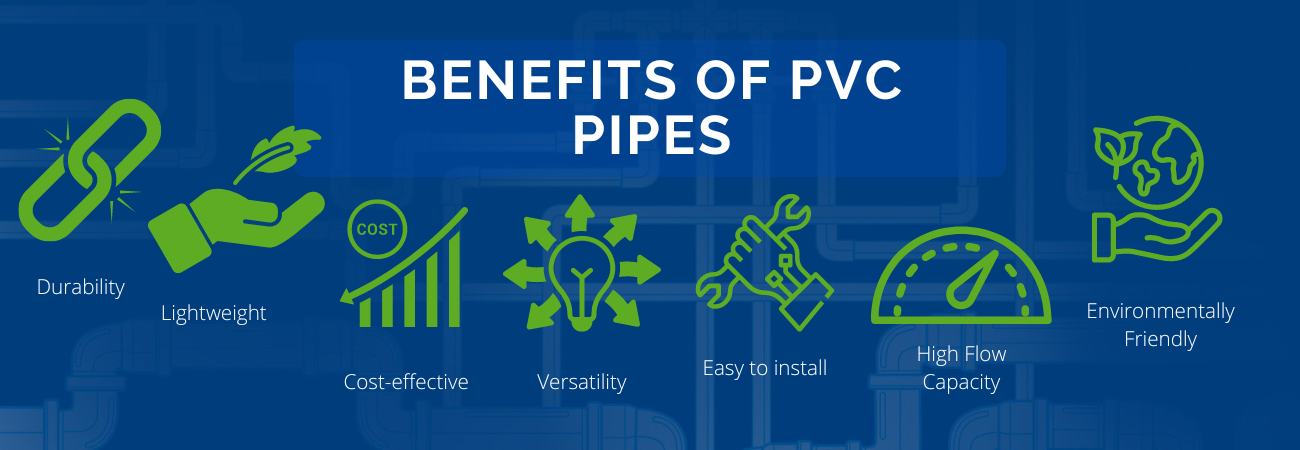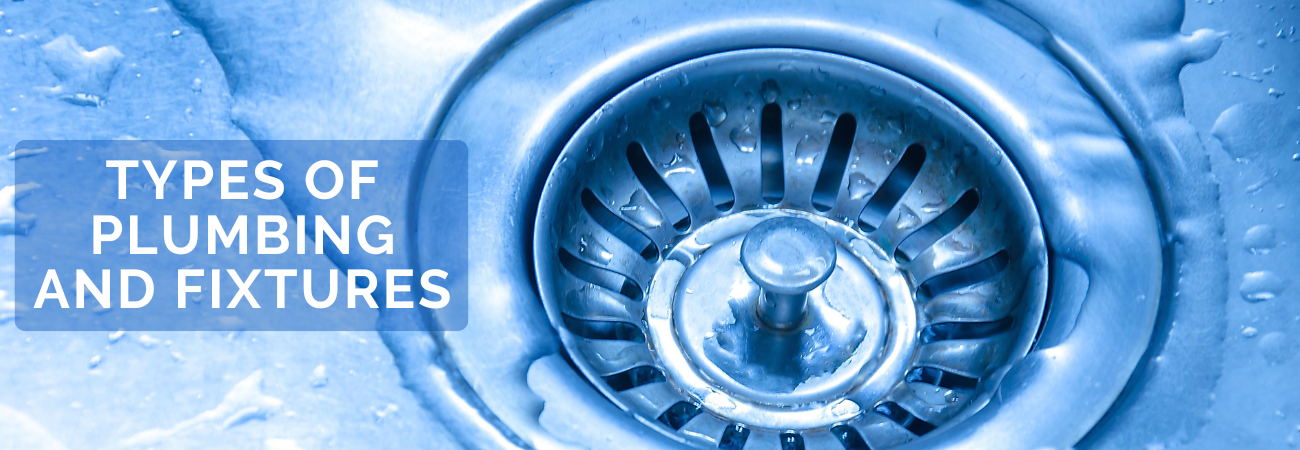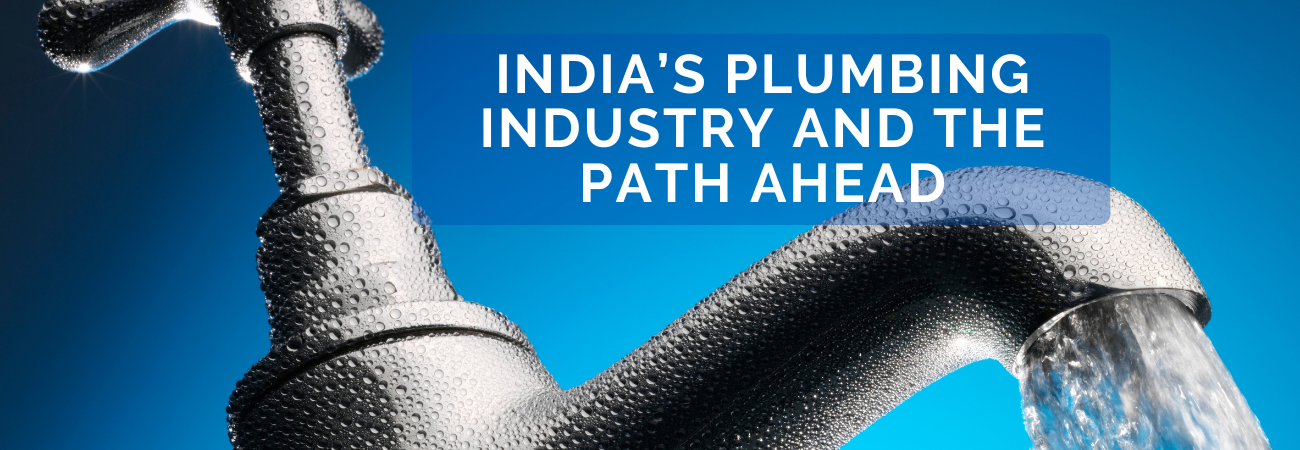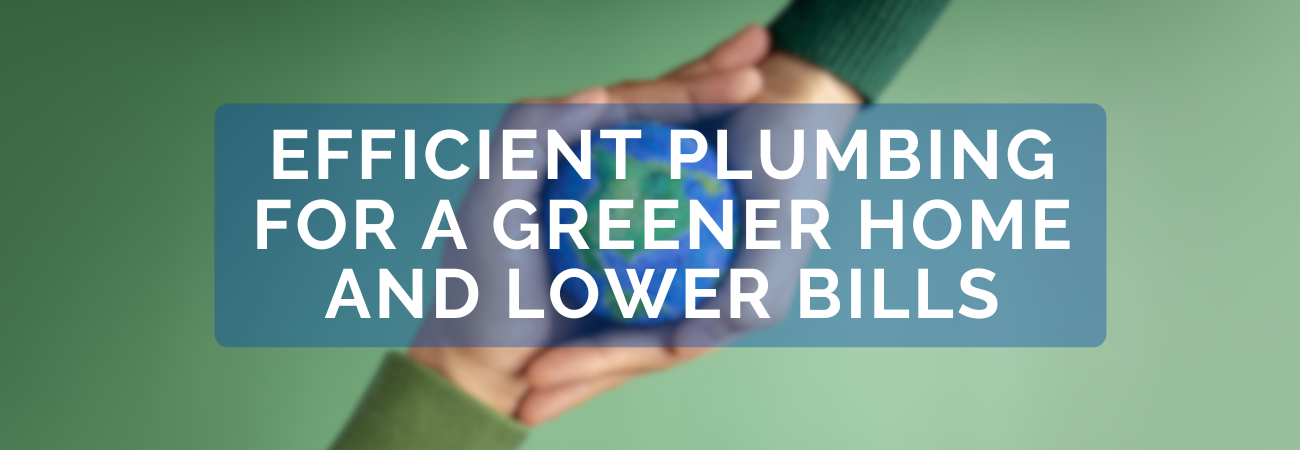
CPVC Socket: A Reliable and Durable Plumbing Solution
Introduction
In modern plumbing systems, ensuring smooth water flow and preventing backflow is essential. That’s where the CPVC NRV (Non-Return Valve) comes into play. Whether you’re upgrading your residential plumbing or setting up a new commercial water line, understanding how a CPVC NRV works—and when to use it—is critical for efficiency and safety.
In this comprehensive guide, you’ll learn everything about CPVC NRVs, including their functionality, advantages, installation tips, and how they work with other CPVC fittings like CPVC taps, CPVC brass tees, and brass elbows.
What Is a CPVC NRV?
A CPVC NRV (Non-Return Valve) is a one-way valve made from Chlorinated Polyvinyl Chloride (CPVC), designed to allow water to flow in only one direction. It automatically prevents the reverse flow of water, ensuring the plumbing system operates efficiently and safely.
Key Features:
- Material: Made from CPVC, which is heat- and corrosion-resistant.
- Function: Stops backflow to protect water quality and plumbing equipment.
- Use Case: Commonly used in hot and cold water systems, pumps, and water tanks.
- Durability: Ideal for high-pressure and high-temperature applications.
Where Is a CPVC NRV Used?
A CPVC NRV is mainly used in plumbing setups to:
- Maintain pressure in water lines
- Prevent contamination of clean water
- Protect water heaters and pumps from reverse flow damage
Improve system safety and efficiency
How to Install a CPVC NRV (Step-by-Step Guide)
Installing a CPVC NRV is straightforward if you follow the correct process:
Tools & Materials Needed:
- Pipe cutter
- CPVC solvent cement
- CPVC pipe
- CPVC NRV
- CPVC tap or brass elbow (if connecting to outlets)
Installation Steps:
- Turn Off Water Supply – Ensure no water is flowing during installation.
- Measure and Cut – Use a pipe cutter to cut the CPVC pipe to the required length.
- Deburr the Edges – Smooth out rough edges to ensure a clean connection.
- Temporarily install the NRV to verify proper alignment and ensure the flow direction matches the marked arrow.
- Apply CPVC solvent evenly on the pipe end and inside the socket of the NRV.
- Join and Hold – Insert the pipe into the NRV socket, hold for 30 seconds, and let it cure.
CPVC NRV vs Metal NRV: Why Choose CPVC?
Feature | CPVC NRV | Metal NRV |
|---|---|---|
Corrosion Resistance | Yes | Prone to rust |
Weight | Lightweight | Heavy |
Cost | Affordable | Expensive |
Heat Resistance | Up to 93°C | But may corrode |
Installation | Easy, solvent-based | Threaded, time-consuming |
How Does CPVC NRV Work with Other CPVC Fittings?
To build a comprehensive plumbing setup, a CPVC NRVs works efficiently with several other fittings:
1. CPVC Tap
- Commonly used in utility areas, kitchens, and bathrooms
- Connects directly to the pipeline where water control is needed
2. CPVC Brass Tee
- A three-way fitting with brass threads for secure jointing
- Ideal for splitting flow between two directions
- Used to branch pipelines before and after a CPVC NRV
3. Brass Elbow CPVC
- Changes direction of the pipeline by 90°
- Brass insert ensures better grip and durability with metal pipe ends
Benefits of Using CPVC NRVs in Plumbing Systems
- Plumbers setting up residential and commercial water systems
- Homeowners upgrading or replacing outdated valves
- Contractors working on large-scale building projects
- Industrial Installations requiring backflow protection in water or chemical lines
Who Should Use CPVC NRVs?
- Plumbers setting up residential and commercial water systems
- Homeowners upgrading or replacing outdated valves
- Contractors working on large-scale building projects
- Industrial Installations requiring backflow protection in water or chemical lines
Buying Guide: What to Consider When Choosing a CPVC NRV
- Size Compatibility – Match with existing pipe sizes (e.g., ½ inch, ¾ inch, 1 inch)
- Flow Direction Marking – Check the arrow for correct installation
- Brand & Material Quality – Choose a trusted brand like Ajay Pipes for guaranteed durability
- Check that the temperature and pressure ratings match your system’s needs—this is especially important for hot water applications.
Summery:
A CPVC NRV is a small but essential component in ensuring a safe and efficient plumbing system. Its ability to block reverse flow, combined with CPVC’s durability and ease of installation, makes it a preferred choice for residential and commercial applications alike.
Whether you’re a plumber, contractor, or DIY homeowner, using a CPVC NRV, along with the right accessories like a CPVC tap, CPVC brass tee, and brass elbow CPVC, can drastically improve the reliability of your water system.
FAQ:-
A CPVC NRV allows water to flow in one direction only, preventing backflow that can damage pumps or contaminate clean water.
CPVC NRVs are heat-resistant up to 93°C, making them suitable for hot water lines.
A CPVC tap controls water flow manually, while a CPVC NRV automatically prevents reverse flow without human intervention.
Absolutely. CPVC solvent ensures a strong, leak-proof bond between the valve and pipe.
For any queries, contact the plumbing experts at Ajay pipes on the Toll Free No. : 1800-11-4050 or via email at our email address info@ajaypipes.com

